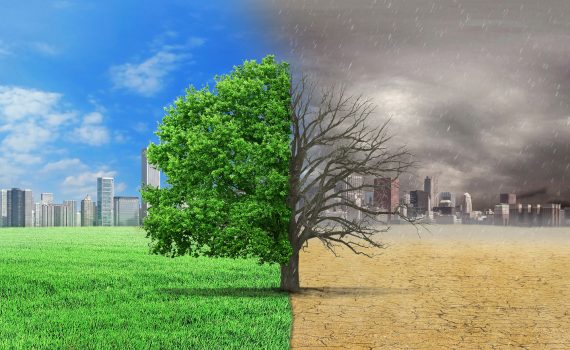Sexy Trees always wants to preserve and beautify the world with healthy trees. However, tree care sometimes means tree removal. A dying tree, depending on the reason, can become a cancer to surrounding areas along with being a big eye sore. Most of us are unable to know how to identify a dying tree, especially during the winter.
Signs of a Dying Tree
Since deciduous trees lose their leaves in the winter, it is hard to be sure whether the tree is dying or just going through its healthy annual cycle. It’s important to know whether the leaf loss has been on-going or started in the fall. Pay attention to the tree’s behavior over a period of time to be certain of the full scope of the problem. You’ll need to take this into consideration with other possible signs of a deteriorating tree.
Other hallmarks of a dying tree are discoloration, bark becoming brittle, and/or limbs falling off. Most of us walk by our trees regularly but may not notice changes right away. Sometimes people see that a tree just doesn’t look right, but can’t pinpoint why. It can be similar to approaching a person who has a cold. You’ll notice that their color is off, they maybe clammy, and are just sluggish. A dying tree will have subtle signs of distress showing that something is just not right.
Once you have a concern about a tree being in trouble, what should you do? Just like you call a doctor to check on a sick person, you should contact a local certified arborist or a specialist in tree care to properly evaluate the tree. Sometimes a dying tree can be saved by changing a few small things. Other times, nothing can be done and it’s best to remove the tree.
We’ve seen many trees die over the past year as a direct result of the drought conditions. In fact, local city councils like in Danville, San Ramon, Lafayette, and Walnut Creek have had to spend monies to either repair or replace numerous trees.
Sexy Trees has a certified arborist with years of experience. If you are concerned about a particular tree or have questions, feel free to contact us at Sexytrees.com.
 Bringing Sexy Back Into Your Yards
Bringing Sexy Back Into Your Yards 

